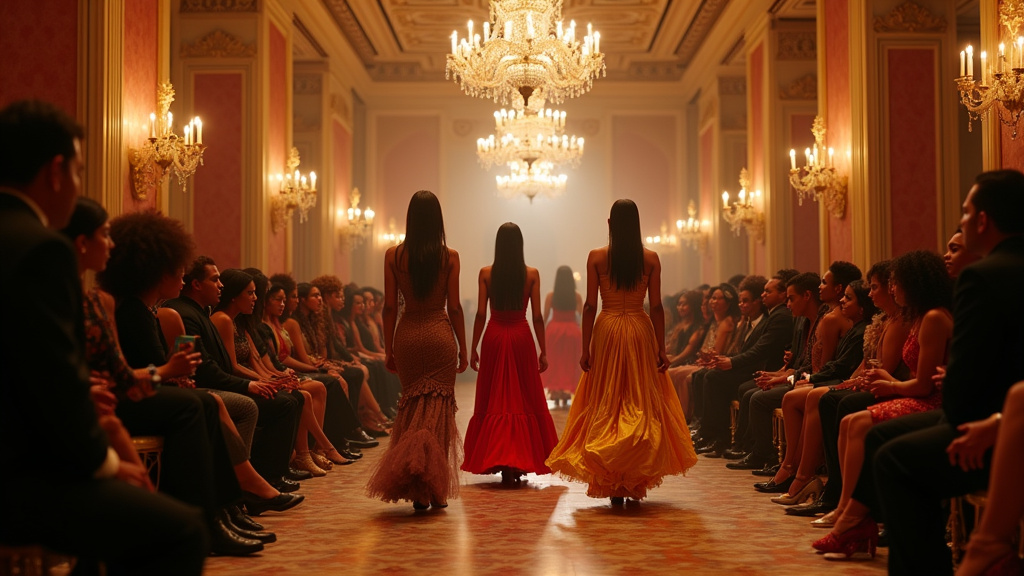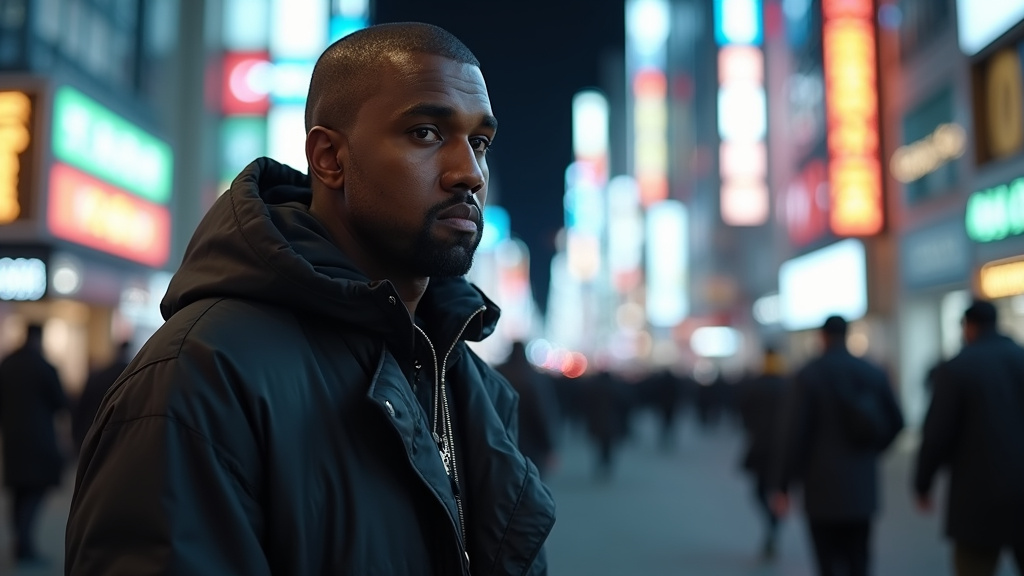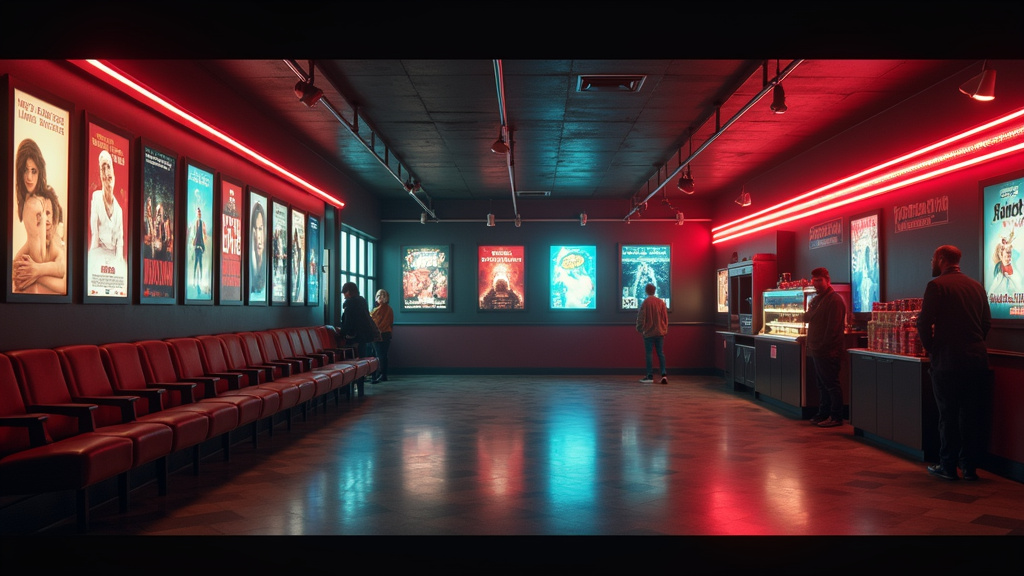Paris, France – The global fashion spotlight converged on Paris this week as designers unveiled their latest visions for menswear. A pivotal moment arrived on July 1, 2025, with the highly anticipated debut of Jonathan Anderson as the new creative director for Dior Men’s. His inaugural collection, presented at the historic Hôtel des Invalides in Paris, signaled a notable shift for the storied French house, introducing a distinctive blend of tailoring heritage and contemporary playfulness.
Anderson, the acclaimed founder of the London-based label J.W. Anderson, steps into this prestigious role following an impactful 11-year tenure at the Spanish luxury brand Loewe. His arrival at Dior was one of the most discussed transitions of the season, setting a tone of eager expectation for what he would bring to the esteemed maison.
An Immersive Setting: Art, History, and High Fashion
The atmosphere for Anderson’s debut show was meticulously curated, drawing inspiration from the interiors of Berlin’s Gemaüldegalerie museum. Guests were transported into a space adorned with large-scale reproductions of 18th-century artworks, creating an immersive, gallery-like environment that underscored the collection’s dialogue between historical reference and modern execution. This artistic backdrop, potentially a nod to Anderson’s multifaceted interests, offered a “Wes Anderson easter egg” quality for eagle-eyed observers.
The front row reflected the significance of the event, populated by a constellation of stars and industry luminaries. Among the notable figures in attendance were music icon Rihanna, singer Sabrina Carpenter, fashion titan Donatella Versace, and actor Robert Pattinson, highlighting the broad cultural impact of Dior and Anderson’s work.
Decoding the Collection: Preppy Lines Meet British Craftsmanship
Anderson’s first collection for Dior Men’s presented a vision centered on layered, preppy lines, imbued with a sophisticated ease. A core theme explored the integration of British expertise, manifested through significant collaborations. The collection featured work with renowned Savile Row tailors Anderson & Sheppard, bringing their unparalleled sartorial precision to key pieces. Complementing the apparel, esteemed milliner Stephen Jones contributed his artisanal skill, crafting refined berets that added a touch of Parisian chic blended with traditional headwear.
Key silhouettes reinterpreted classic Dior codes through a contemporary lens. The iconic 1950s Bar jacket, typically a symbol of feminine elegance, was boldly revisited and presented in an oversized, masculine proportion, suggesting a playful subversion of norms. Cargo pants, a staple of casualwear, were elevated with trailing panels, drawing a surprising parallel to the sweeping lines of the 1949 Dior Delft ball gown. This juxtaposition of utility with haute couture reference encapsulated Anderson’s approach to creating “playful, everyday luxury” – clothing that is both refined and adaptable for modern life.
While the term “zoot suits” was mentioned in discussions surrounding the week, potentially referencing elongated or voluminous silhouettes seen on the runway, the overarching narrative of Anderson’s collection leaned towards a refined yet relaxed tailoring, emphasizing meticulous construction and versatility.
Beyond Dior: Broader Trends at Paris Fashion Week Men’s
The momentum of Paris Fashion Week Men’s extended beyond the highly anticipated Dior debut. Other designers contributed to the evolving landscape of contemporary menswear, proposing wardrobes that prioritized modularity and adaptability.
A standout collaboration saw designer Grace Wales Bonner partner with streetwear giant Y-3. Their joint presentation showcased a fusion of athletic influence and tailored sensibility, featuring items such as sporty, paper-thin knits, sheer bejeweled shirting, flared silhouettes, sleek patent opera pumps, and elevated tailcoats. This partnership exemplified the increasing fluidity between traditionally distinct fashion categories.
Across the week’s presentations, designers generally converged on a philosophy of creating modular, adaptable wardrobes. The emphasis was firmly placed on refined construction, subtle nuance, bold block colors, and versatile garments offering significant utility. This collective direction points towards a future where menswear is defined less by rigid categories and more by thoughtful design that serves the complexities of modern living.
A New Chapter Unfolds
Jonathan Anderson’s debut at Dior Men’s stands as a significant milestone, not just for the house but for the broader trajectory of contemporary menswear. By blending Dior’s rich heritage with his signature aesthetic and a touch of unexpected playfulness, Anderson has initiated a compelling new chapter. Coupled with the diverse offerings and forward-thinking trends seen throughout Paris Fashion Week Men’s, the season underscores a period of dynamic evolution in how men dress, prioritizing thoughtful design, adaptability, and a personal approach to luxury.











